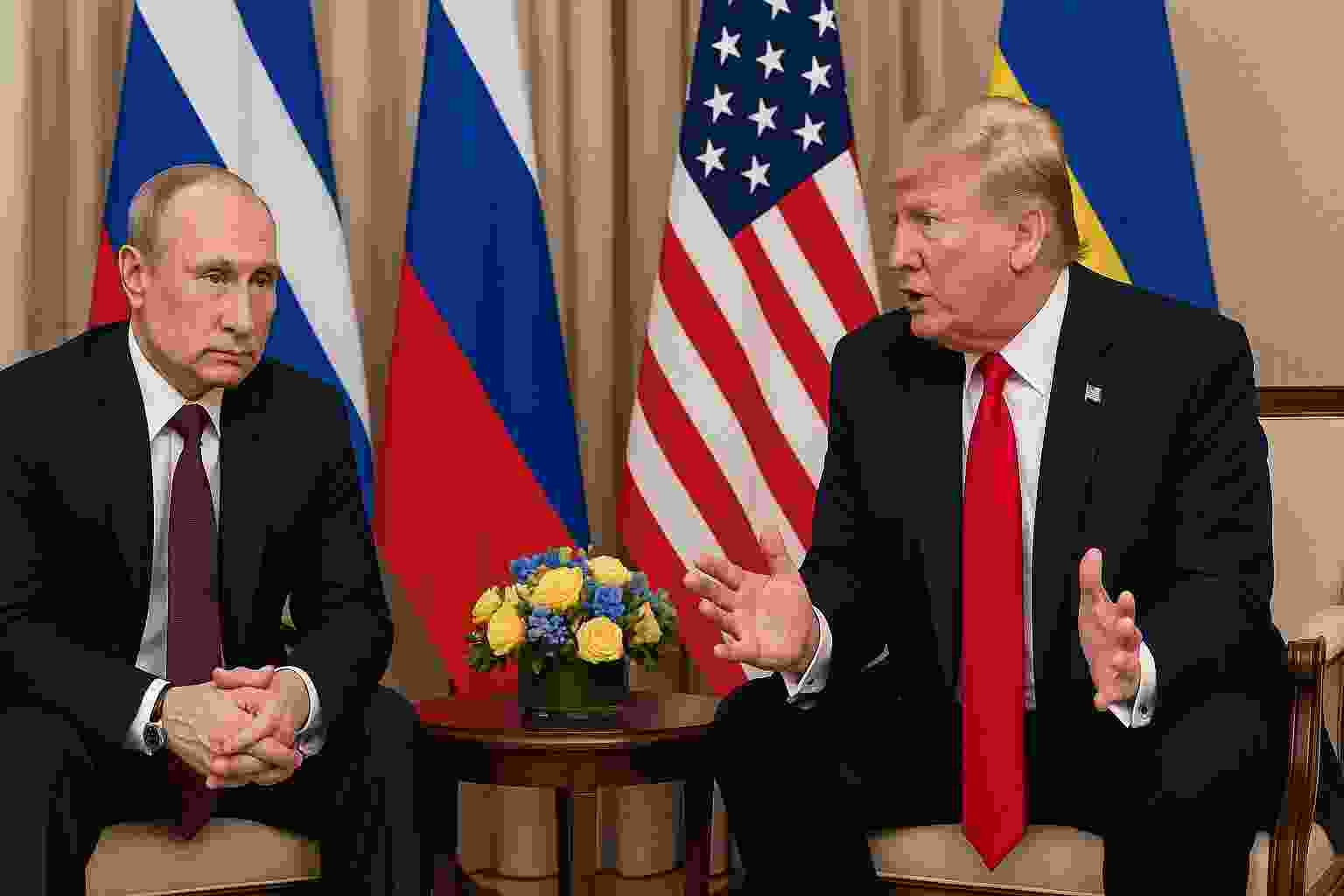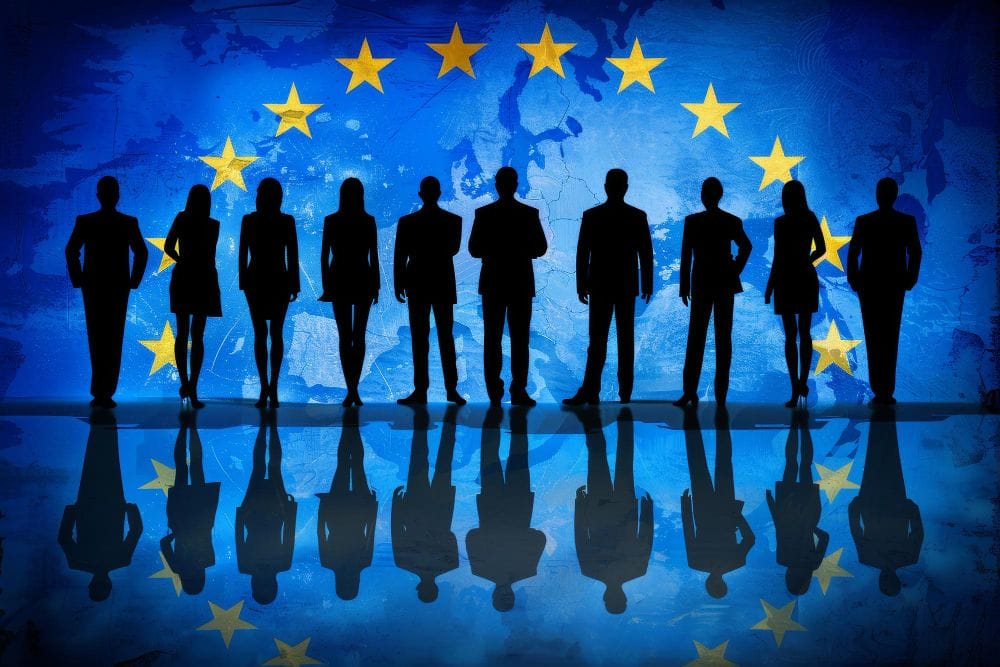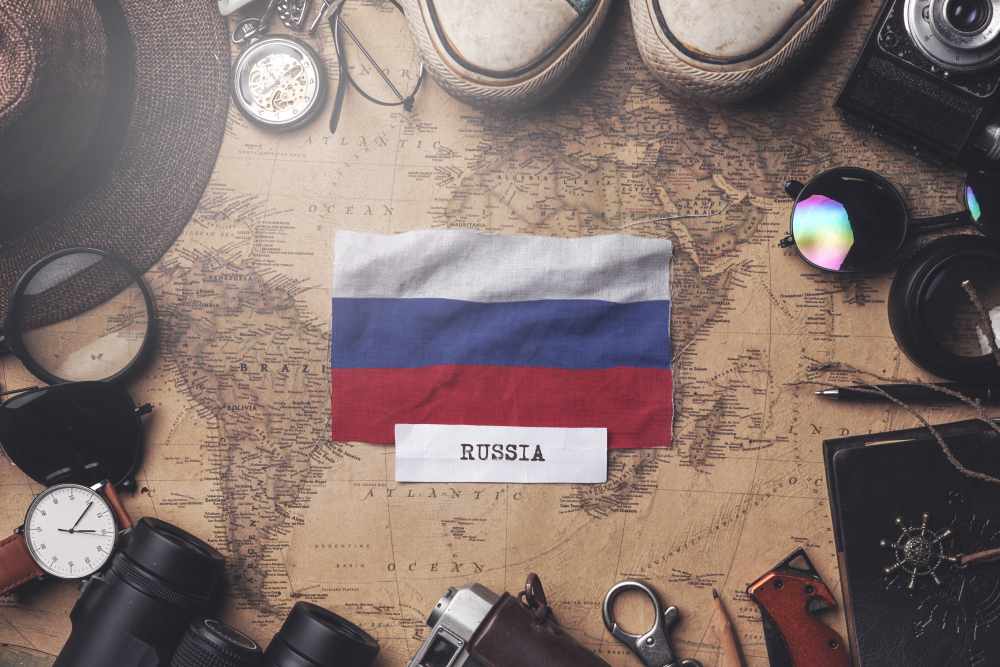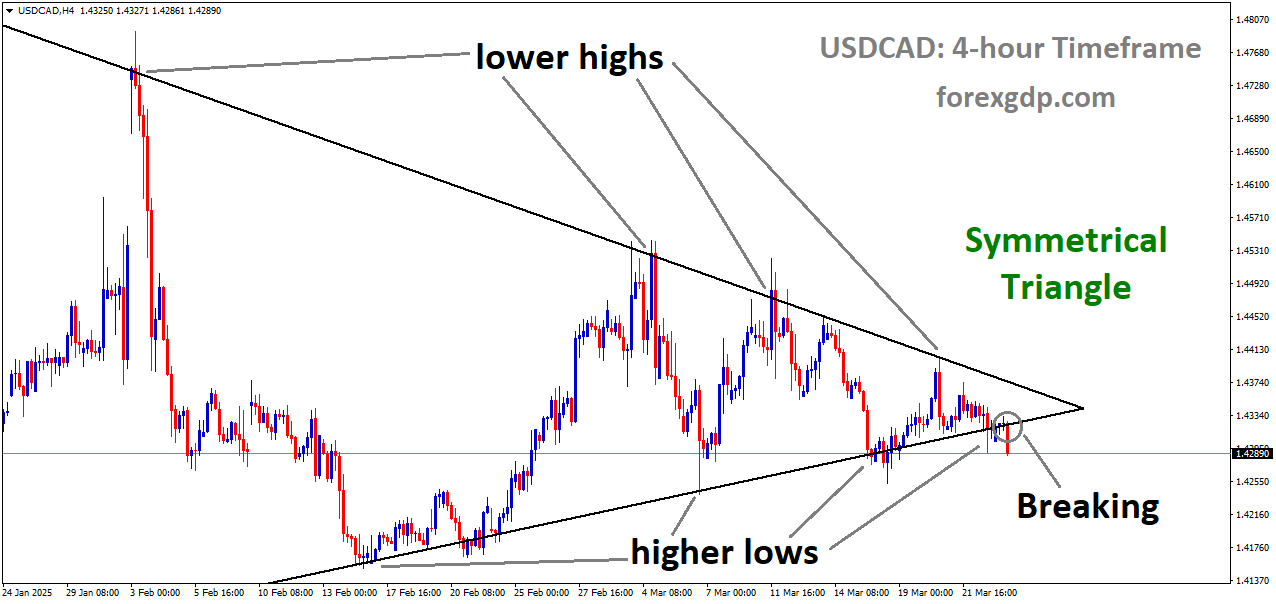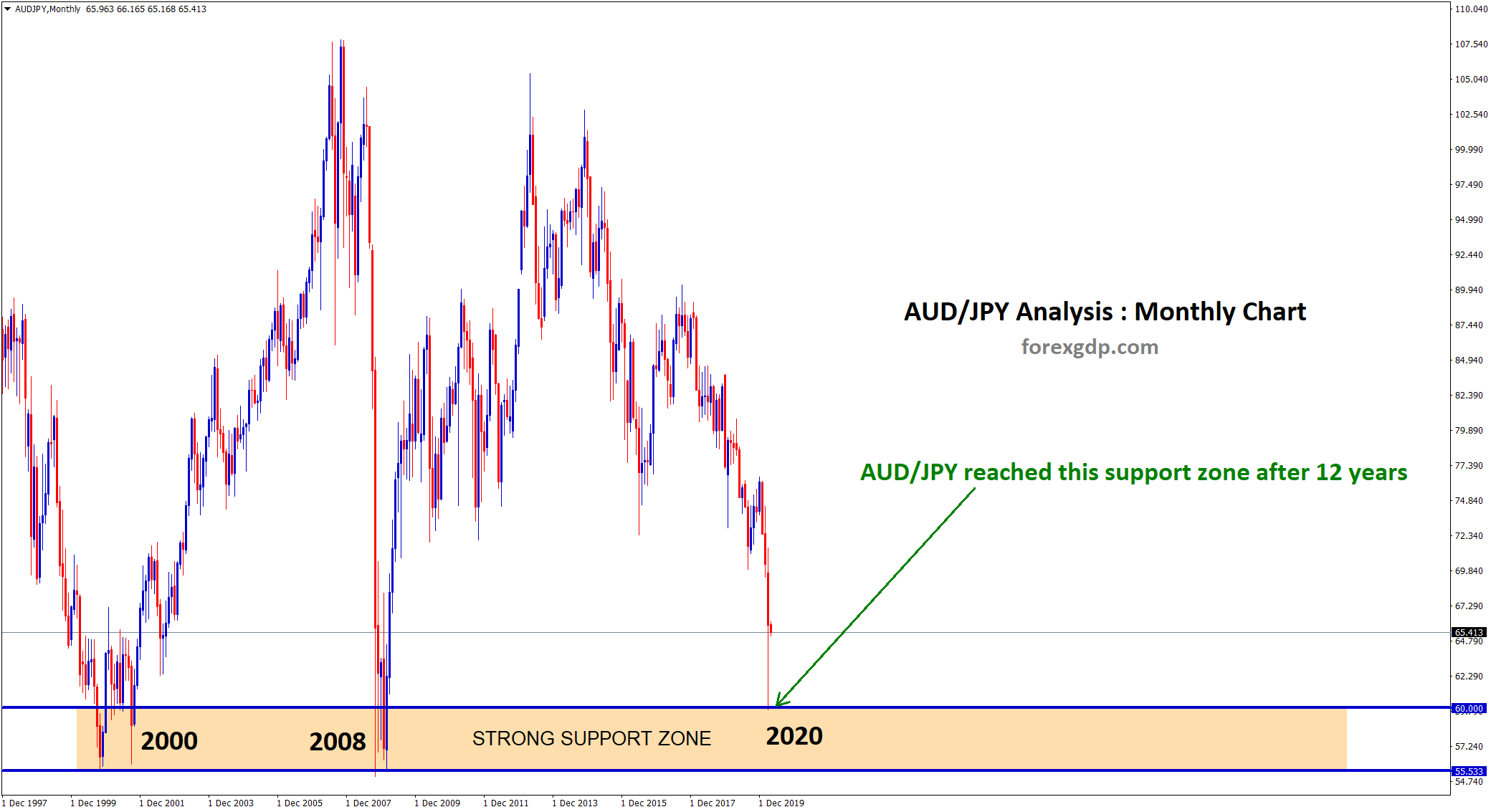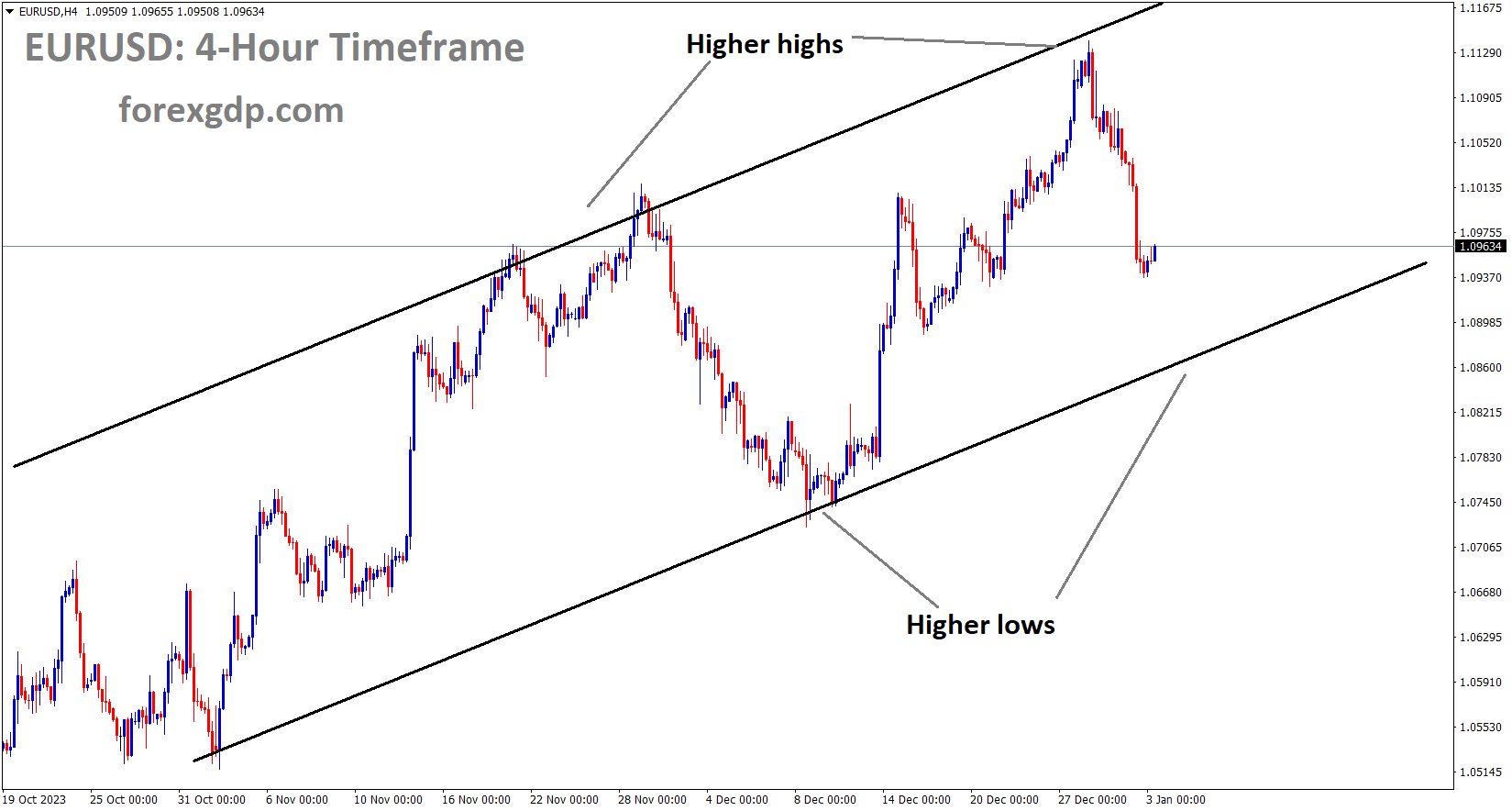The world is once again turning its eyes toward the diplomatic stage as former US President Donald Trump prepares for a high-stakes meeting with Russian President Vladimir Putin. Scheduled to take place in Alaska at the end of the week, this encounter has already sparked intense speculation, debate, and hope. Trump has made it clear that one of his primary goals is to push for Ukraine to regain some of the territory currently under Russian control. While the exact details of how this might unfold remain uncertain, his statements have set the stage for what could be one of the most significant geopolitical moments of the year.
A Meeting That Could Reshape the War’s Direction
Trump has openly acknowledged that Russia has seized a large portion of Ukraine’s prime territory, and he says he intends to try to win some of it back for Kyiv. His approach to the upcoming talks with Putin seems to be one of calculated assessment. According to him, he might know within just two minutes of meeting Putin whether any real progress is possible.
This Friday’s meeting, as Trump describes it, will be more of a “feel-out” session rather than a final negotiation. The aim is to urge Putin to end the war, which has raged since Russia’s full-scale invasion of Ukraine in February 2022. The former president has even hinted that the talks could involve what he calls “land-swapping,” though it remains unclear how such an arrangement would work in reality.
The Possibility of a ‘Fair Deal’
Trump has stressed that if Putin proposes a “fair deal” during their discussions, he will first speak with Ukrainian President Volodymyr Zelensky before making any commitments. This move, he says, is “out of respect” for Ukraine’s leadership and sovereignty. Trump has made it clear that he will personally call Zelensky both before and after the meeting, depending on the outcome.
His tone, however, has not been without controversy. Trump has previously criticized Zelensky’s decisions and even suggested that the Ukrainian president bears some responsibility for the ongoing conflict—a position that has drawn mixed reactions from political leaders and analysts alike.
The European View: Ukraine Must Be at the Table
While Trump’s direct involvement in talks with Putin may be seen by some as a positive step toward peace, European leaders are cautious. Kaja Kallas, vice-president of the European Commission, voiced concerns that Putin might attempt an “old-fashioned” approach—dividing territories and spheres of influence to secure his position.
Kallas emphasized that Europe will not accept any agreement that Ukraine itself has not approved. In her words, “If Ukraine is not part of the deal, any deal will just not be implemented.” She also expressed hope that Zelensky will be included in any future meetings, ensuring that Ukraine’s voice is heard in real time.
The Kremlin, however, has remained dismissive of the idea of direct talks with Zelensky. Putin has repeatedly stated that conditions for such a meeting are still far from being met. This persistent gap between Ukraine’s desired role in the negotiations and Russia’s position adds a layer of uncertainty to the upcoming Alaska summit.
Diplomatic Pressure Building Before the Summit
Trump’s announcement of his meeting with Putin came right at the deadline he had set for Russia to agree to a ceasefire or face additional US sanctions. Despite the looming talks, Ukrainian intelligence reports indicate there is no sign that Russia is preparing to halt its military operations.
Zelensky, aware of these developments, has warned that any agreements made without Ukraine’s participation would be “dead decisions.” His stance has been reinforced by several allied leaders who have stressed the importance of building peace with Ukraine’s direct involvement—not imposing it from the outside.
Global Leaders Weigh In
The diplomatic scene has been active in the days leading up to the Alaska meeting.
-
Virtual Coordination: Zelensky is expected to join a virtual meeting with Trump, US Vice-President JD Vance, and EU leaders on Wednesday. This gathering aims to align strategies and ensure that Ukraine’s core interests are clearly presented.
-
Germany’s Initiative: German Chancellor Friedrich Merz has invited top leaders, including EU and NATO chiefs, to discuss ways of increasing pressure on Moscow before Trump’s talks with Putin.
-
Shared Stand by the UK and Canada: UK Prime Minister Keir Starmer and Canadian Prime Minister Mark Carney have publicly agreed that peace must be built with Ukraine’s consent. They have committed to working closely with both Trump and Zelensky to keep this principle at the center of negotiations.
What’s at Stake in Alaska
While the meeting is framed as an exploratory conversation, the stakes could not be higher. Trump’s openness to a “land-swapping” idea has drawn attention—and concern—because it suggests a willingness to negotiate over territorial control. For Ukraine, any such discussion could be deeply sensitive, especially given the sacrifices and losses endured over the past several years.
If Trump can successfully push Putin toward a partial withdrawal or meaningful concessions, it could mark a turning point in the conflict. However, if the meeting fails or results in proposals that sideline Ukraine, it could deepen divisions and prolong the war.
The outcome will also have implications beyond the immediate region. A perceived breakthrough could shift the geopolitical balance, potentially easing tensions between Russia and the West. Conversely, a failed meeting might harden positions on all sides, leading to further escalation.
Final Summary
Trump’s upcoming meeting with Putin is shaping up to be a pivotal diplomatic moment with global consequences. His stated aim of regaining some territory for Ukraine sets a bold tone, but the path to achieving it remains uncertain. European leaders are united in their insistence that Ukraine must be directly involved in any deal, while Zelensky himself has made it clear that no agreement reached without Kyiv will be accepted.
The days leading up to the Alaska summit have been filled with strategic coordination among allies, public warnings from Ukrainian officials, and growing speculation over whether Putin will be willing to compromise. Whether this meeting becomes the first step toward peace or simply another chapter in the ongoing conflict will depend largely on the willingness of all parties to find common ground.
In a world watching closely, the outcome in Alaska could signal hope—or serve as a reminder of just how difficult it is to resolve one of the most entrenched conflicts of our time.

